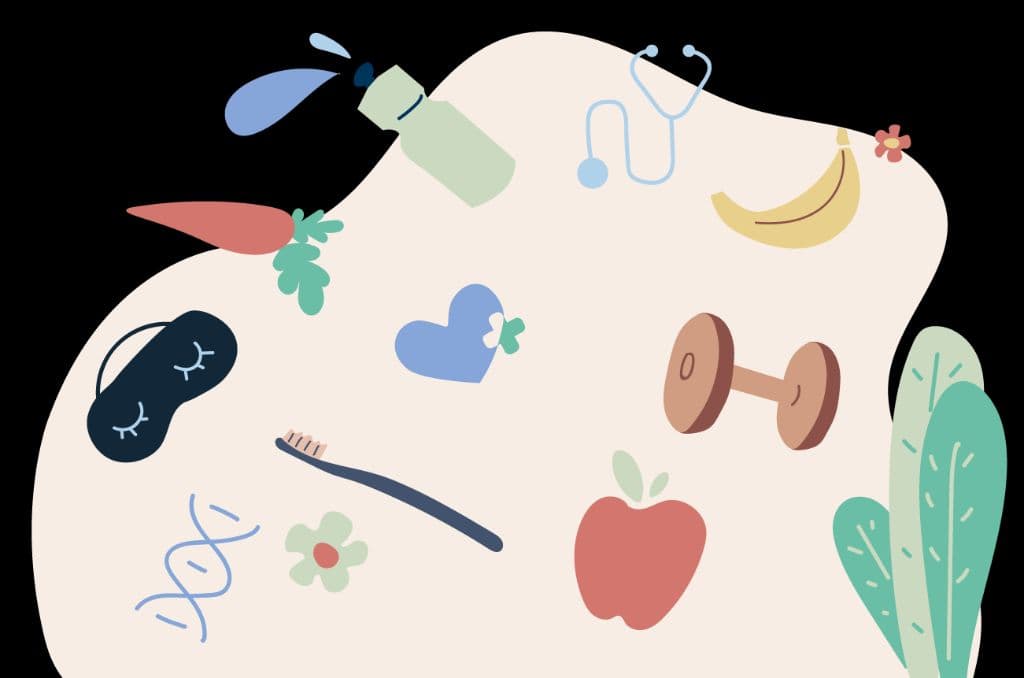‘Ouch it hurts, please give me a foot rub!’ my mother asked me. Working all day, standing all day long is tiresome, especially for our two dear feet. We want them clean, soft, beautiful but we also do need them to be strong and functional. We, the women of now, want to be as free as possible, free of pain, free to wear anything anywhere, and free to dance to our tune. So why should we compromise on our sexy stilettos and opt for Crocs instead, when healthy feet are all we need.?
In this article, I will consider only common problems encountered during day-to-day activities as issues like rheumatoid arthritis, diabetic foot, neurogenic disorders warrant a different discussion altogether since those problems are more systemic and degenerative. On that note, the most common foot problems we face are plantar fasciitis (pain on the sole of the foot and heel), retrocalcaneal bursitis (heel pain), metatarsalgia (pain on the ball of the feet), Tendoachilles tendonitis (back of the heel), flat foot, hallux valgus (crooked great toe).
To begin explaining these issues, let me first tell you that the foot works as a whole; it has so many tiny bones and so many ligaments and tendons that they are all connected to each other. So as one disease ensues the entire foot eventually collapses and fails to function. The first symptom which commences the domino is pain. Being the end part of the body, bearing all weight, if one part of this machinery starts giving up, the resulting pain can be severe, even causing a limp.
To start with, plantar fasciitis is the most irritating of all. It is the sheet of tissue in the sole that is inflamed. It begins in the base of our heel to our ball of the foot. Pain is severe on touching the foot to the ground after rest, especially the first step in the morning. It may improve during the day but starts again after some rest. Many treatment options have been tried; from physiotherapy to opting for comfortable footwear to even surgery. To alleviate the pain in such cases, I would recommend stretches each morning before setting your foot on the ground; this serves as a warm-up. Wearing chappals at home is essential to avoid the heel striking the hard surfaces. Many women complain of this issue at home especially since footwear is not allowed in the kitchen. But this one change is gratifying. Also, painkillers like paracetamol will help. Nowadays an injection of self-plasma is available where your own plasma concentrate is injected in the painful heel. Even this has proved to have good effects. The other similar issue faced is of heel pain or bursitis. It is due to a similar reason and can be relieved by regular stretches. Although, this condition in some extremely painful instances warrants surgery.
Now I’d like to shift focus to a more pressing issue, quite literally, of metatarsalgia or pain in the ball of the foot. This typically occurs when we wear heels. Our feet bend in the far end and cause severe pain while walking. The balls of our feet are quite literally trapped in the shoes. Does this mean we give up our fancy 5-inches and Jimmy Choo’s? Not at all! All we need to do is to make our feet more comfortable in them. Wearing such shoes with a wide toe box does all the wonders. Our toes are happy to wriggle in them. Again, I cannot express more the importance of stretches here! If this pain is chronic it may lead to callosities and that is frustrating on another level. Also, applying rubber pads to the footwear will give a shock absorber effect as well! So, strap in your Steve Maddens and paint the town red.
Another issue is that of a flat foot. Flat foot, as it sounds, is when the arch of the foot is absent or not developed. With this condition, walking long distances may be tiresome especially on uneven terrain. Remember, some cases of the flat foot are just a normal variant and completely natural! Certain cases are associated with other disorders as well, and might not be a singular problem. However, it’s an important one. Busting the common misconception, you can surely do all activities with a flat foot, even enroll in the army!
Depending on what has caused the flat foot, treatments may range from simple arch support maintaining the anatomy, to surgery for correcting the deformity. It is imperative to get your feet checked by an orthopaedician if you suffer from a flat foot as it's correctable to a certain extent.
Apart from all these maladies, ankle sprains remain to be the most debilitating and prolonged illness still. We often twist our ankles by walking or running on uneven ground, due to heels, sports like kabaddi, badminton, tennis, or because of something as trivial as missing a step! Your foot may initially swell with the pain while moving your ankles. I advise an x-ray and examination by a specialist rather than mere bandaging. The RICE treatment is the protocol; Rest – Immobilization - Cold compress and Elevation. Surgery might not be needed unless the damage is extensive. To prevent this, avoid sitting crossed legged and Vajrayana whilst recovering from this injury. Sportspersons can get back in their game very soon provided they follow our instructions!
Lastly, crooked toe (hallux valgus) is more of a cosmetic problem but when it starts to interfere with walking, you need to get it checked. It might be a local problem of the great toe, arthritis or a part of a bigger picture of a systemic disorder. Shoes with a wide toe box does the trick of relieving the pain. Surgery is reserved only for severely painful cases.
Considering these easily amenable problems, treat your feet with some love and affection, good stretches, and comfortable footwear they rightfully deserve.

